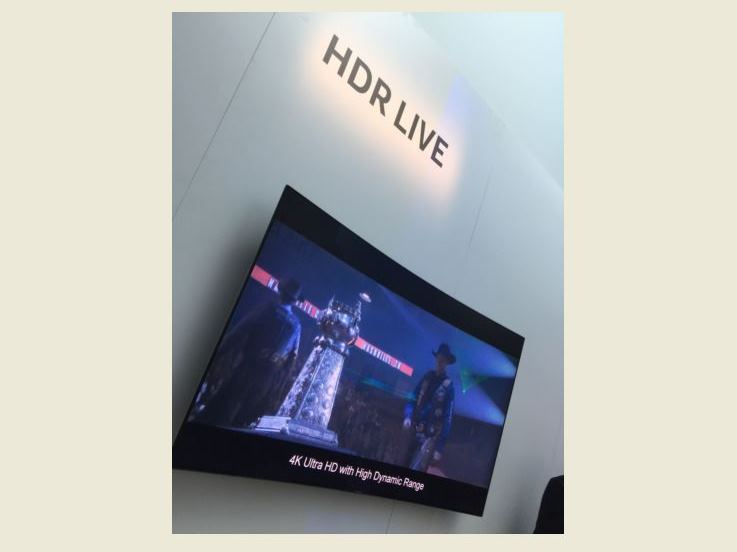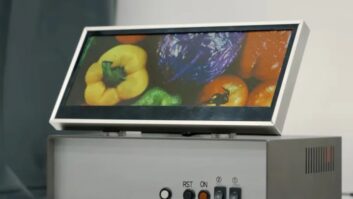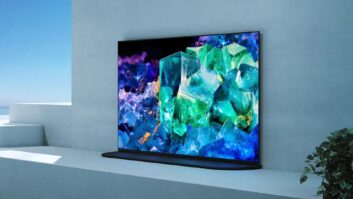
The transition to Next-Gen TV broadcasting will be voluntary for broadcasters and TV makers and won’t disenfranchise consumers who receive current-generation over-air DTV broadcasts.
That’s what the consumer electronics and broadcast industries have in mind in a petition filed with the Federal Communications Commission (FCC).
The Next-Gen TV standard, also known as ATSC 3.0, is a more efficient IP-based DTV-broadcast standard that would deliver Ultra High-Definition (UHD) TV, advanced emergency alert information, more channels, interactivity, data casting, and object-based audio. It would also deliver better in-building reception by indoor antennas, ability to receive broadcasts in vehicles moving at high speed, and extended range via the ability to broadcast a signal from multiple towers at a time in a geographic market.
Next-Gen TVs could also retransmit ATSC 3.0’s IP broadcasts over Wi-Fi to tablets and to other smart TVs that lack an ATSC 3.0 tuner.
The new standard is seen by broadcasters as helping them compete better with pay-TV and OTT services.
Under the proposal to the FCC, ATSC 3.0 transmission would be optional for broadcasters, and ATSC 3.0 tuners would be optional in TVs, although major suppliers such as Sony, LG, and Samsung have committed to offering ATSC 3.0 TVs, said NAB communications VP Dennis Wharton. The Pearl TV consortium of broadcasters and the Sinclair station group have also committed to Next-Gen TV, and their stations reach 85 percent of U.S. territory, he said.
Existing TVs safe: To ensure that consumers’ existing digital TVs continue to receive current-generation over-the-air DTV broadcasts, the associations proposed that TV stations in a given market be allowed to simulcast one another’s programming. A station that converts to ATSC 3.0 would be able to have its programming broadcast in the current-generation standard by a temporary host station that hasn’t converted. And the ATSC 3.0 station would broadcast the host station’s programming over an ATSC 3.0 signal, Wharton explained. The stations’ current dial positions would not have to change.
The ATSC 3.0 station would be able to broadcast two Ultra HD programs simultaneously if one of the programs doesn’t include a lot of movement; otherwise, a second program could be offered in near Ultra HD. Secondary channels could also be simulcast by each station.
There would be no mandated cut-off of current-generation DTV broadcasts.
No mandate: No mandates are needed in the petition, Wharton said, because no additional spectrum or government funds are required to implement the standard.
During the transition from analog TV to DTV, he explained, the government handed over 6MHz of additional spectrum to stations so they could simulcast digital signals alongside their analog signals. When analog transmissions were ended by government mandate, the stations gave back the extra spectrum to the government, he explained.
Added CTA spokesman Jeff Joseph, “ATSC 3.0 is just about the standard, which can be implemented by broadcasters and receiver manufacturers with no real impact on spectrum.”
The petition asks the FCC to approve the core transmission technology for the new standard as an option for local broadcasters and receiver manufacturers. The petition also asks for rule changes to permit local stations to simulcast one another’s programming.
Two other groups also signed the petition: America’s Public Television Stations (APTS) and the Advanced Warning and Response Network (AWARN) Alliance.
Pay-TV providers’ carriage of broadcasters’ Next-Gen TV signals would largely be determined through business agreements, the associations added.













